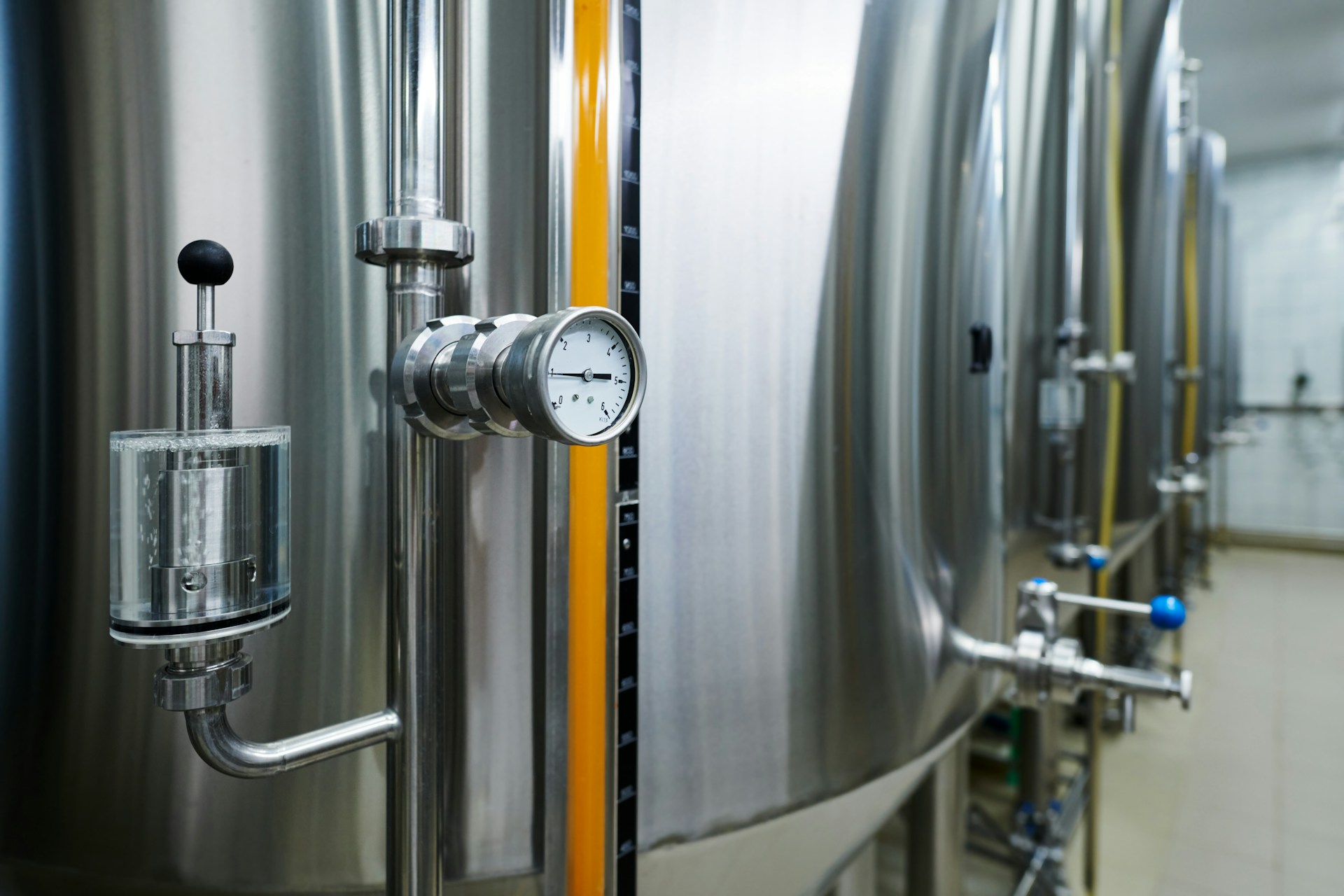
Rust formation in metal storage tanks is a common headache for many who rely on these structures. Rust, or oxidation, weakens the metal and can lead to leaks and contamination. When rust takes hold, it can seem like your tank is crumbling before your eyes. Tackling this issue promptly isn’t just wise—it’s necessary. The integrity of your tank is at stake, and once rust starts, it can spread quickly. Addressing rust early ensures that your tank remains sound and reliable for its intended purpose.
Routine tank cleaning is one of the most effective ways to keep rust at bay. Consistent cleaning removes contaminants that can speed up rusting and ensures that the surface of the tank remains ready for protective treatments. Incorporating regular maintenance into your regime can extend the life of your tanks significantly, saving you money and headaches down the line.
Causes of Rust Formation
Understanding what causes rust in metal storage tanks is crucial in preventing it. Various factors, often acting together, contribute to this issue, and recognizing them can help you take preventative action.
– Exposure to Moisture: Water and metal don’t mix well unless it’s intentional. Humidity can be an unseen enemy, leading to condensation inside tanks. This moisture accelerates the rusting process.
– Chemical Reactions: Chemicals stored in or around the tank can contribute to rust. Certain chemicals react with metal, causing it to corrode. This is especially true in tanks that haven’t been cleaned adequately.
– Environmental Factors: External conditions play a significant role. Factors like humidity and temperature fluctuations can speed up rust formation. When warm, moist air cools rapidly, condensation forms, leading to rust if not managed properly.
To manage these causes effectively, routine checks and preventive maintenance are key. By identifying these factors early, you can mitigate potential damage and ensure your tanks enjoy a longer, rust-free life.
Preventive Measures
Keeping rust at bay in metal storage tanks requires proactive measures. These steps, when implemented consistently, provide a reliable shield against the pesky problem of rust. Start with regular cleaning as this is your first line of defence. By routinely removing contaminants and residues, you limit the potential for rust-inducing reactions. Cleaning also prepares the tank surface for protective applications, which adds an extra layer of security.
Consider using protective coatings, which are essential for long-term preservation. These coatings act like an umbrella, shielding the metal from moisture and chemical exposure. Ensure proper ventilation in and around your tanks to reduce humidity levels; this is especially relevant for tanks located in more humid environments. Routine inspections are another preventive measure that can’t be overlooked. By inspecting tanks regularly, you can catch early signs of rust or weakness, making it easier to take corrective action before the problem escalates.
Addressing Existing Rust
If rust has already reared its ugly head, don’t fret—there are structured ways to deal with it. Start by assessing the extent of the rust. For minor cases, a wire brush or sandpaper can remove surface rust effectively. Follow this with a rust converter to neutralise any remaining traces. This step is key in preparing the surface for a paint job that will seal and protect it.
In more serious cases, professional help is advisable. Dealing with extensive rust damage goes beyond simple DIY methods and scissors through to specialized expertise and equipment. Professionals also ensure the use of appropriate tools, minimising the risk of deeper damage that can occur with incorrect methods.
Regular Maintenance Tips to Prevent Future Rust
With your tanks in good condition, regular maintenance is your next priority. This involves creating a maintenance schedule with consistent cleaning routines and thorough inspections. By sticking to this schedule, the chance of rust forming is greatly reduced. Use lubricants or rust inhibitors as additional protection and look for products specially designed for marine or industrial environments.
To reinforce tank cleaning’s role in rust prevention, focus on keeping interior surfaces dry and free of sediments, as these can trap moisture and promote rust. Establishing a well-rounded maintenance plan not only keeps your tanks in top shape but also adds years to their lifespan.
Keeping Your Tanks Rust-Free Long-Term
Aging tanks don’t have to be a source of stress if rust is managed properly from the start. With consistent effort put into cleaning and preventative practices, you can extend the life of your tanks indefinitely. Keep an eye out for any signs of rust during routine checks, and address them swiftly to prevent further issues.
With preventive measures and regular maintenance, handling rust formation becomes a manageable task. By doing so, you ensure your tanks remain reliable for many years, reducing the risks of leaks or contamination. So, maintain those tanks with care, and they will continue serving your needs faithfully.
Maintaining metal storage tanks requires dedication and an understanding of the processes involved to prevent rust. Elevate your tank maintenance routine by focusing on effective practices for rust prevention. If your tanks are due for a thorough clean or you’re facing rust challenges, explore our expert tank cleaning services. ATM Tanks is here to ensure your tanks stay in optimum condition for years to come.
- Steps to Ensure Your Concrete Tank Liners Last Longer - October 12, 2025
- Effective Waterproofing Solutions for Your Water Tanks - October 12, 2025
- How to Remove Stubborn Algae from Water Tanks - October 12, 2025






